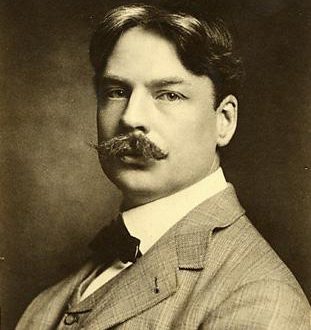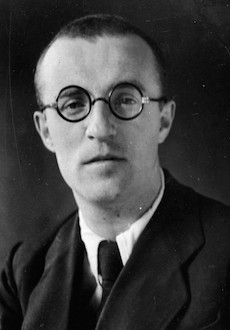
Ambroise Thomas |
Ambrose Thomas

The name of Tom was well known to his contemporaries both as the author of the opera Mignon, which has endured more than 30 performances over the last 1000 years of his life, and as the keeper of the traditions of the Paris Conservatory, who wished to remain a man of the past during his lifetime.
Charles Louis Ambroise Thomas was born on August 5, 1811 in the provincial Metz, into a musical family. His father, a modest music teacher, began to teach him to play the piano and violin very early, so that at the age of nine the boy was already considered an excellent performer on these instruments. After the death of his father, the family moved to the capital, and at the age of seventeen Thomas entered the Paris Conservatory, where he studied piano and composition with J. F. Lesueur. Tom’s successes were so great that he regularly won prizes: in 1829 – in piano, in the next – in harmony, and, finally, in 1832 – the highest award in composition, the Grand Prize of Rome, which gave the right to a three-year stay in Italy. . Here Thomas studied modern Italian opera and at the same time, under the influence of the famous artist Ingres, fell in love with the music of Mozart and Beethoven.
Returning to Paris in 1836, the composer performed the first comic opera a year later, then wrote eight more in a row. This genre has become the main one in the work of Tom. Success was brought by the unpretentious one-act opera Cadi (1849), a parody of Rossini’s The Italian Girl in Algiers, close to an operetta, which later delighted Bizet with wit, unfading youth and skill. It was followed by A Midsummer Night’s Dream with Queen Elizabeth, Shakespeare and characters from his other plays, but not at all from the comedy that gave the opera its name. In 1851, Thomas was elected a member of the French Academy and became a professor at the Paris Conservatory (among his students – Massenet).
The heyday of Tom’s work falls on the 1860s. An important role in this was played by the choice of plots and libretists. Following the example of Gounod, he turned to J. Barbier and M. Carré and, following Gounod’s Faust (1859) based on Goethe’s tragedy, wrote his Mignon (1866), based on Goethe’s novel The Years of Wilhelm Meister’s Teaching, and after Gounod’s Romeo and Juliet (1867), Shakespeare’s Hamlet (1868). The last opera was considered the most significant work of Tom, while Mignon remained the most popular for a long time, having withstood 100 performances already in the first season. These operas led to a new rise in Tom’s authority: in 1871 he became director of the Paris Conservatoire. And a year before, the almost 60-year-old composer showed himself a true patriot, joining the army as a volunteer with the start of the Franco-Prussian war. However, the directorship did not leave Tom time for creativity, and after Hamlet he did not write anything for 14 years. In 1882, his last, 20th opera, Francesca da Rimini, based on Dante’s Divine Comedy, appeared. After another seven years of silence, the last work based on Shakespeare was created – the fantastic ballet The Tempest.
Thomas died on February 12, 1896 in Paris.
A. Koenigsberg





